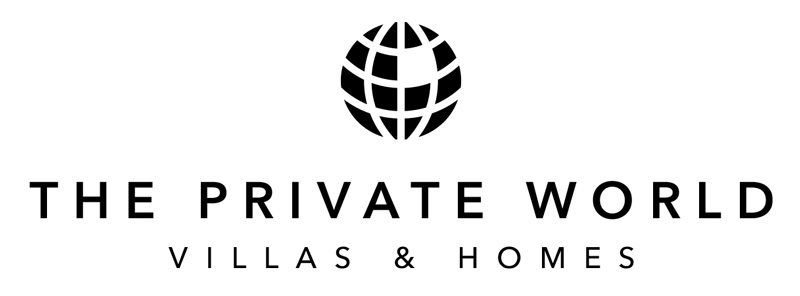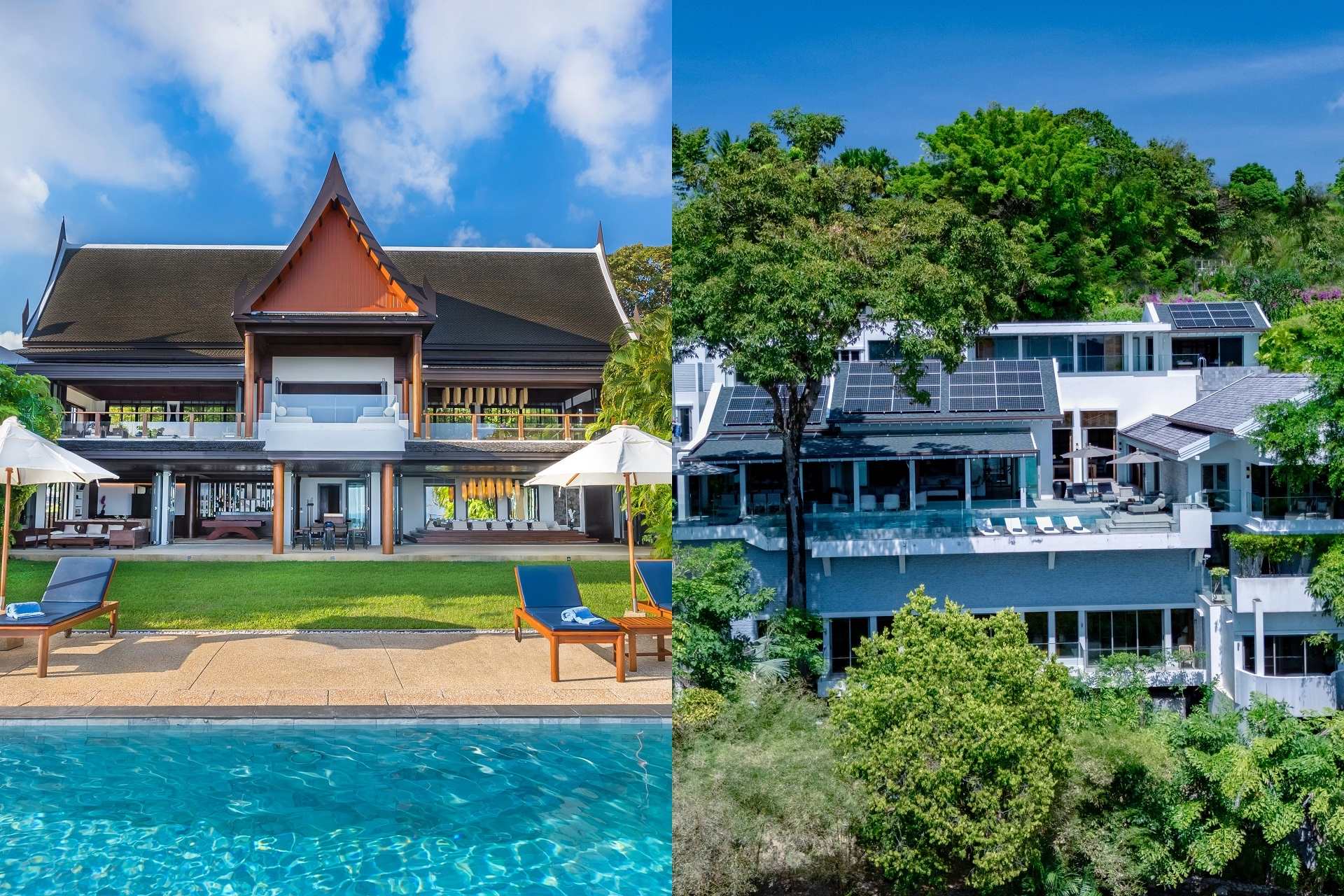Architecture influences how people experience a space long before they step inside it. The structure, layout, and materials shape comfort, atmosphere, and how guests interact with their surroundings. When choosing a villa, design is more than an aesthetic preference; it defines how light enters, how air moves, and how spaces support daily living.
Across popular destinations such as Phuket and Koh Samui, villa design has evolved along two broad lines: traditional and modern, with an increasing number of properties that artfully blend both influences. The Private World features a well-balanced collection of traditional, modern, and hybrid villas that showcase the diversity of tropical architecture. This mix highlights how modern and hybrid designs have become the prevailing choice for travelers seeking light-filled, open spaces and contemporary comfort, while traditional styles continue to hold strong appeal for those drawn to authenticity, craftsmanship, and cultural depth.
Deciding between traditional and modern design depends on more than taste. It involves understanding how architecture relates to climate, comfort, and the kind of experience one wants from a stay.
Exploring Traditional Architecture
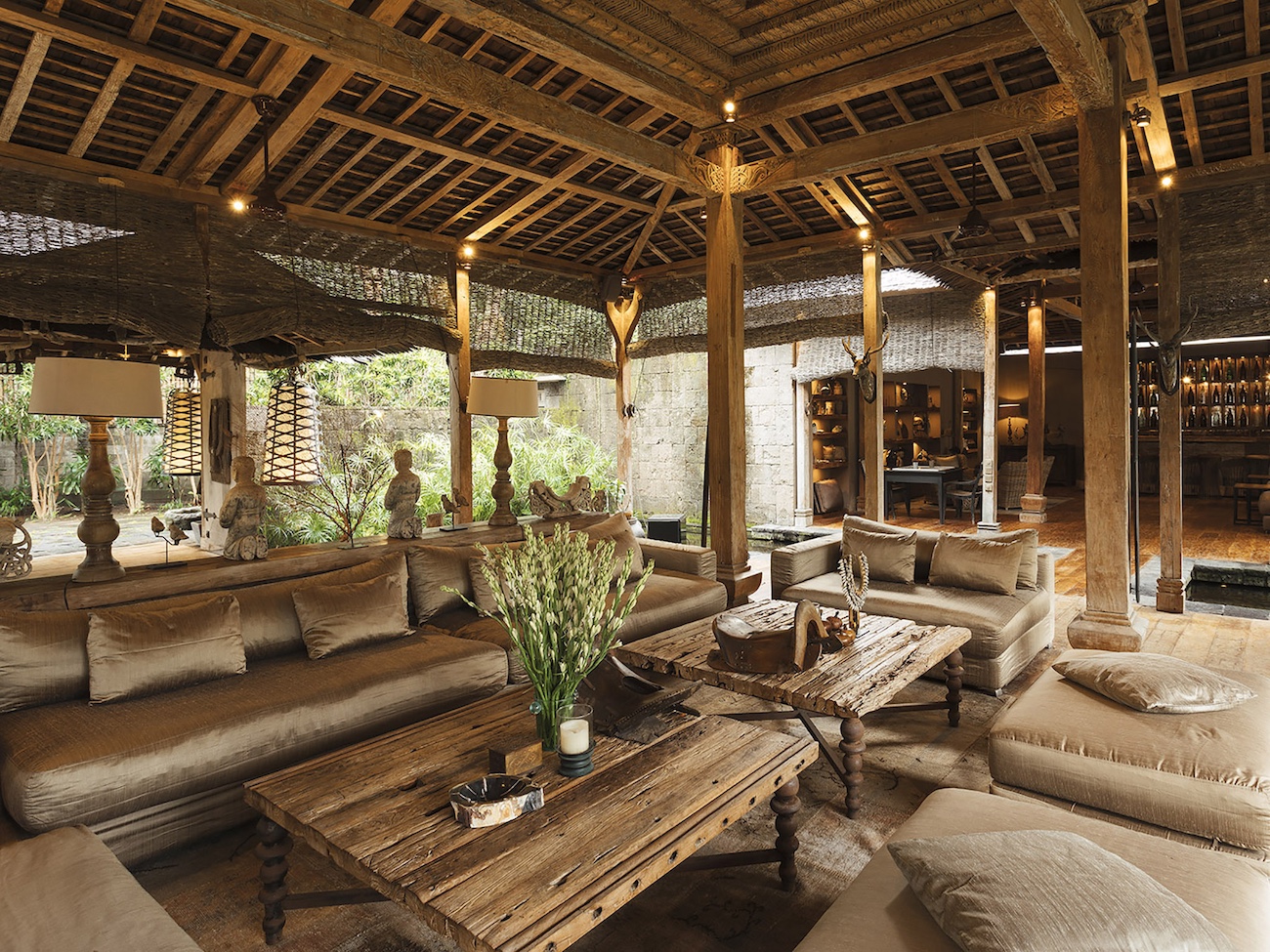
Traditional villas are deeply shaped by regional climate and culture, with each destination offering its own interpretation of comfort and craftsmanship. In Bali, for example, luxury villas with traditional design highlight how alang-alang thatched roofs, open pavilions, and intricately carved woodwork define the essence of a Balinese compound. These elements go beyond ornamentation—they regulate airflow, reduce heat, and reflect centuries of architectural wisdom rooted in harmony with nature.
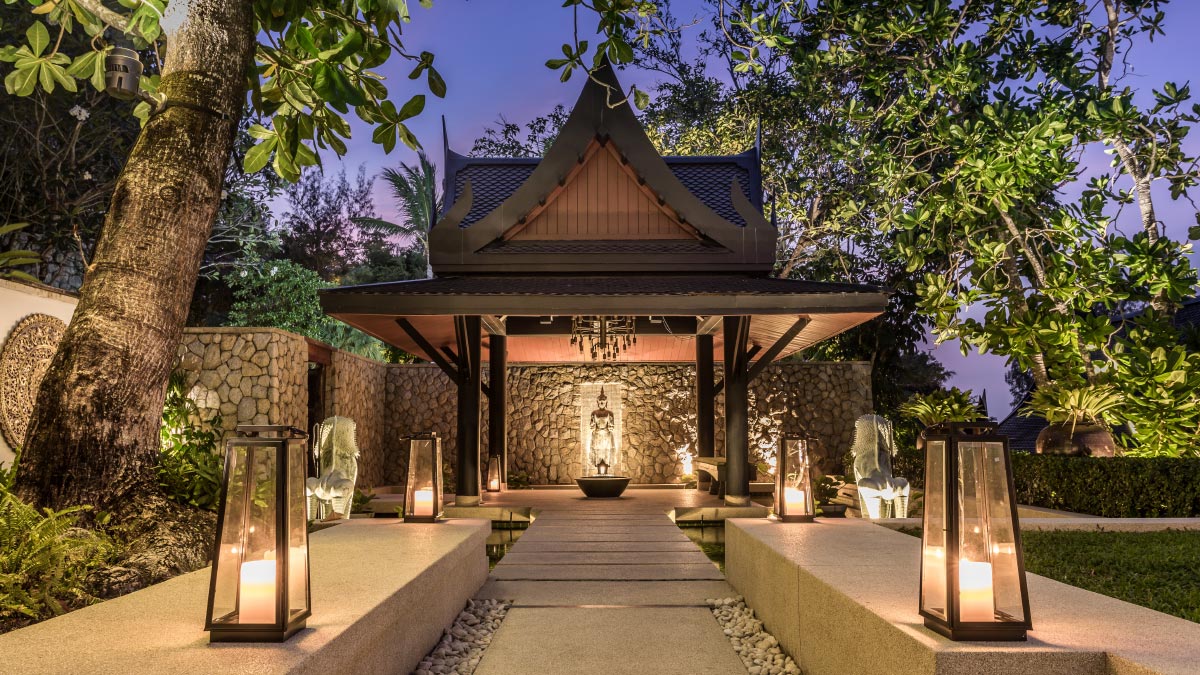
Thailand presents a different yet equally captivating expression of traditional design. Thai architecture showcases steeply pitched roofs, raised floors, and shaded verandas—all adaptations to the country’s tropical monsoon climate. The use of teakwood, open corridors, and elevated structures helps interiors stay cool and breezy while preserving privacy. Particularly in Koh Samui, many villa rentals in Koh Samui still embrace these principles—at the same time this island is evolving into a global hub for wellness and active-lifestyle tourism, according to a recent article on Hospitality Net.
Furthermore, traditional villas tend to feel warm, textured, and organic. Natural materials such as wood, clay tiles, and bamboo are commonly used; though they require more maintenance, they offer guests authenticity and a strong sense of place. These homes appeal to travelers seeking intimacy and cultural immersion—spaces rich with character, layered details, and a tangible connection to history. However, visitors should also expect smaller rooms, softer lighting, and the occasional upkeep demands that come with these lovingly preserved architectural forms.
Understanding Modern Architecture
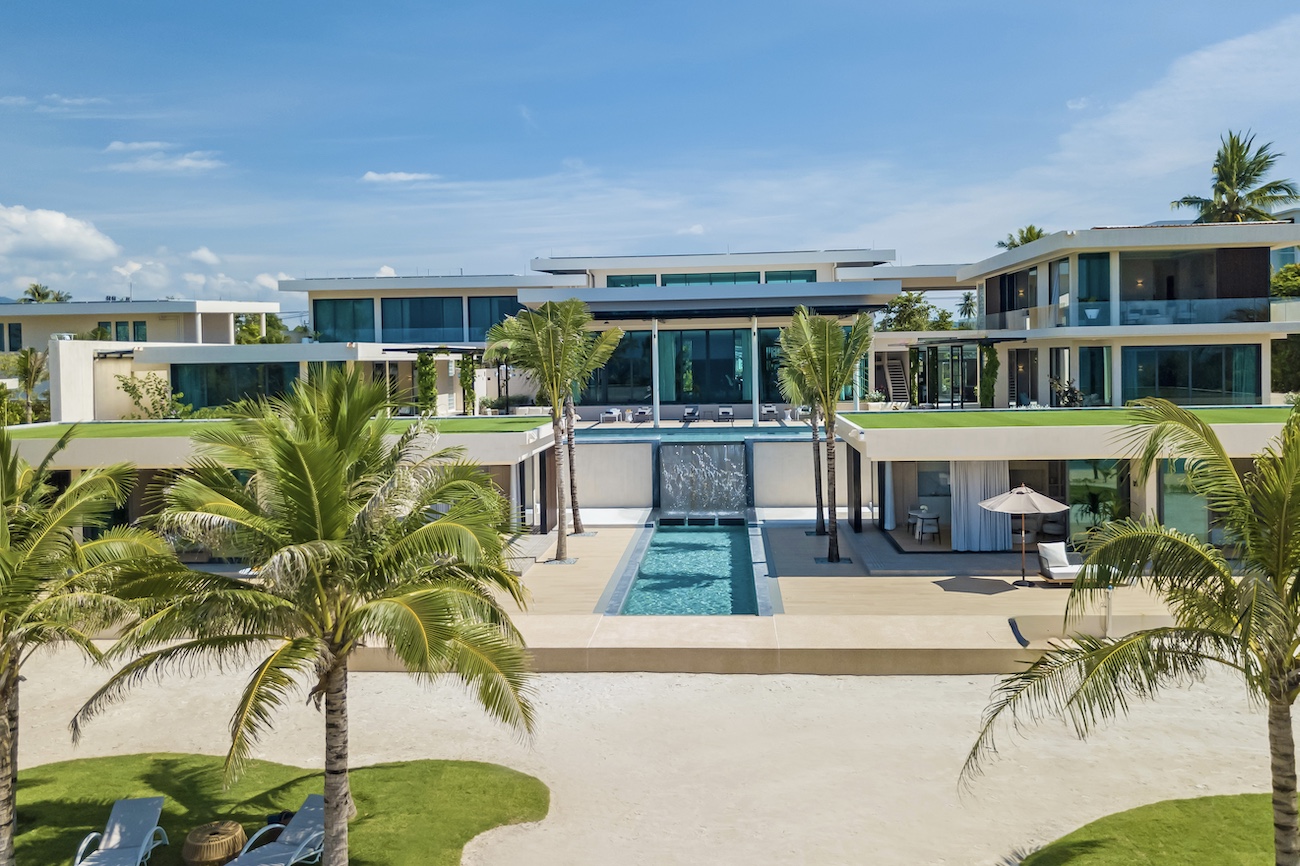
Modern tropical architecture takes a different approach: openness, clarity, and efficiency. Architects describe using large glass panes, minimal partitions, and shaded terraces to blend interiors with landscapes. These structures rely on geometry, proportion, and light rather than ornament.
A modern piece shows how contemporary villas avoid feeling sterile through warm lighting, local stone, and wood accents. The idea is to keep spaces uncluttered while maintaining cozy minimalism at the same time.
Modern villas generally require less maintenance and integrate technology easily, featuring innovative systems, efficient cooling, and flexible layouts. They’re designed for light, visibility, and open flow. However, they can struggle with tropical heat if not well engineered; extensive glass façades may cause glare or higher cooling needs without proper shading or orientation.
For guests who value spaciousness, panoramic views, and modern amenities, this design is often the better fit.
Comparing Pros and Cons of Each Villa Architectural Style
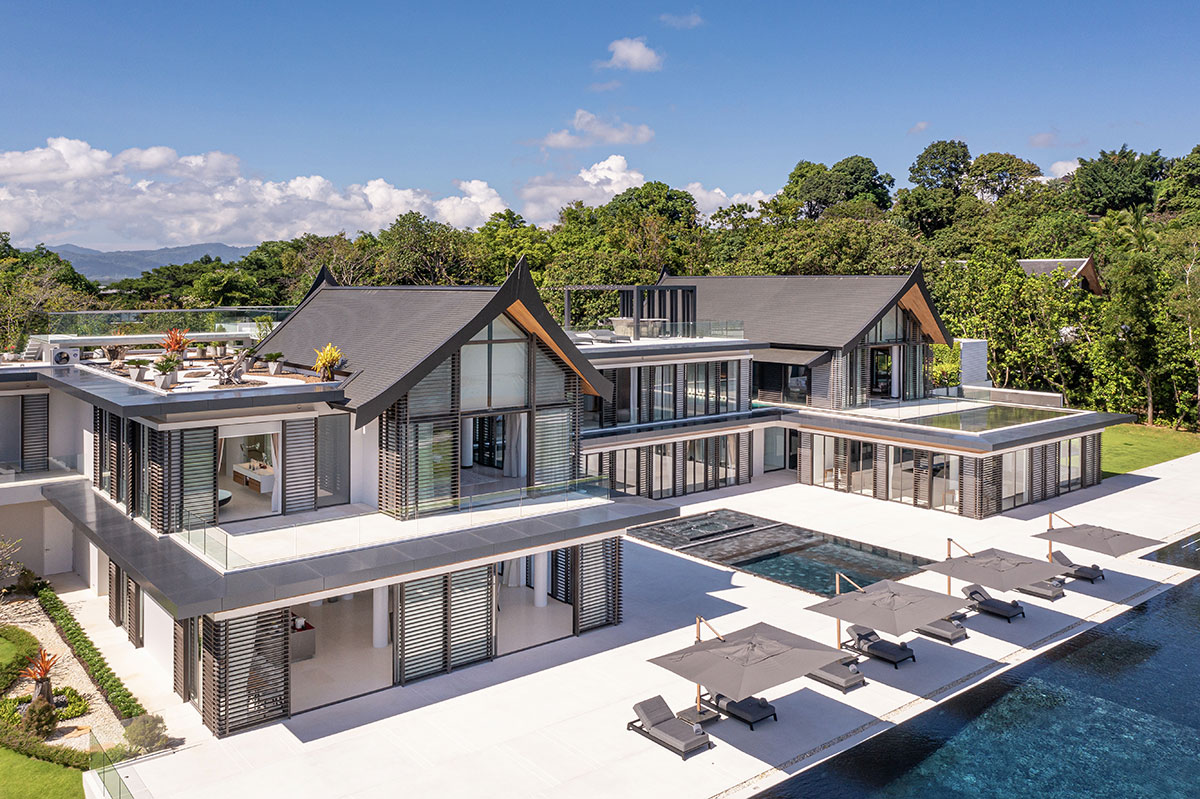
Traditional architecture offers cultural depth, craftsmanship, and natural comfort, but may involve higher upkeep and more compartmentalized layouts. Modern design delivers openness, versatility, and efficiency, but sometimes lacks the warmth or intimacy of traditional forms.
Hybrid villas, which are those that merge traditional roofs or materials with modern structures, bridge these extremes. They can combine the charm of traditional elements with the convenience of modern infrastructure. Still, this balance depends on design quality; poor integration can feel mismatched rather than harmonious.
When comparing villas, consider these dimensions:
Climate Adaptation – Traditional structures often rely on passive cooling; modern designs need engineered ventilation and innovative materials.
Emotional Atmosphere – Traditional layouts evoke calm and history; modern ones express clarity and simplicity.
Functionality – Modern plans can be easily adapted to new uses, such as gyms, workspaces, or entertainment areas.
Maintenance – Natural materials weather beautifully but demand care; concrete and glass age more predictably.
When to Choose Traditional or Modern Design
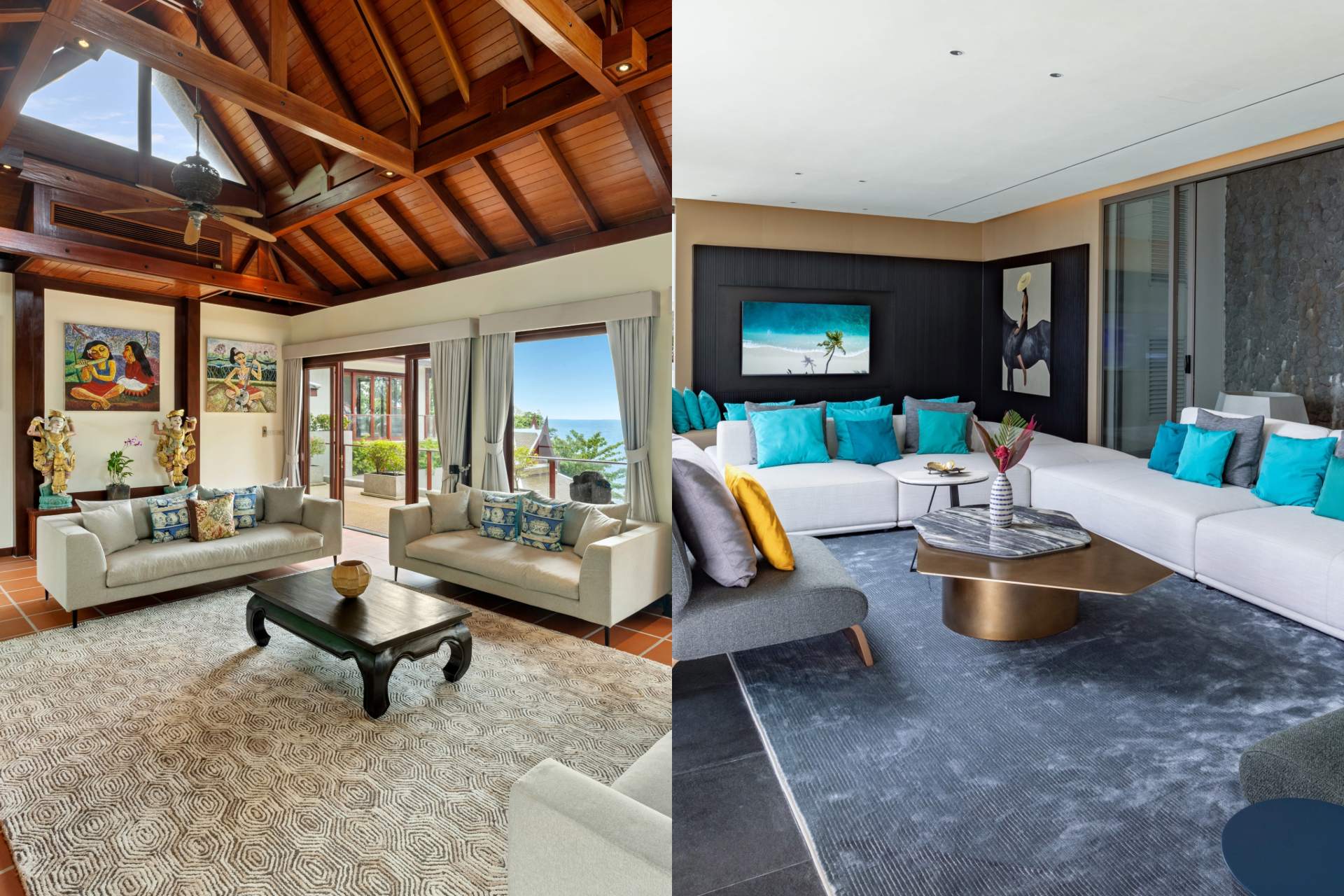
A traditional villa suits guests seeking a culturally rooted stay, perhaps in settings like Bali, Chiang Mai, or Ubud. These properties offer intimacy and context, often with separate pavilions that provide privacy for each bedroom. Families or couples wanting quiet spaces will appreciate this layout.
Traditional design also appeals to those who value tactile, crafted materials such as hand-carved wood, woven ceilings, or stone courtyards. The sensory detail contributes to relaxation and a feeling of belonging to the place.
On the other hand, a modern villa is ideal for guests who value spaciousness, cutting-edge technology, and unobstructed views. Open-plan living areas, panoramic glazing, and seamless transitions between the pool and lounge create a strong sense of freedom.
These designs align with today’s hospitality trends. According to Finance Yahoo, the global luxury vacation rental market is valued at US$29.5 billion in 2025 and is projected to rise by 9.1% annually through 2033. The expansion reflects demand for villas with contemporary amenities, sustainability, and adaptive design features found mainly in modern properties.
Still, modern architecture must handle the tropics responsibly. The best examples use overhangs, cross-breezes, and energy-efficient materials to reduce cooling needs without compromising the open layout that defines their appeal.
More Than Aesthetic, It Also Defines Experience
Architecture may depend on how a villa looks aesthetically, but it’s so much more than that. A villa’s architectural style reflects more than just beauty, but also comfort, functionality, and defines your entire holiday experience.
Before booking any of the stunning villas in Phuket or Koh Samui, it’s wise to review not just its appearance but also the features and details that align with your preferences. Whether it’s your aesthetic taste, functionalities, features, or orientation, a villa style offers the chance for a luxurious and memorable holiday that exceeds your expectations.
Whether you opt for a traditional design or a modern, contemporary design in a tropical villa, a villa’s architectural style serves as a tool for shaping experience. It makes for an invaluable basis for your chosen luxury home away from home.
–
Featured Image by Villa Aye/Villa Amankara
